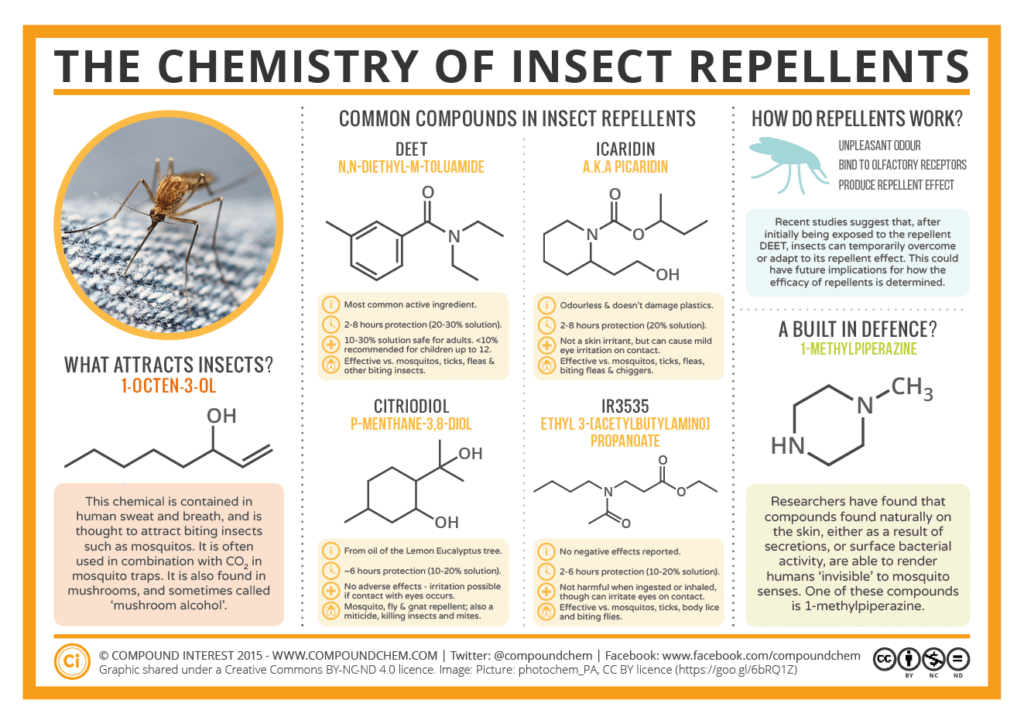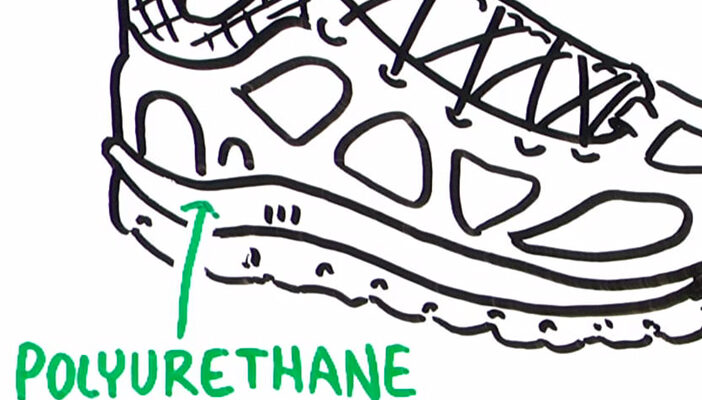Play it safe
Plastic helmets use innovative materials to protect athletes from injury. Helmet linings are made from expanded polystyrene in different densities and layers to absorb impact. Helmet shells are made with polycarbonate, which is durable, shatter-resistant and lightweight.
Sports Equipment and Safety
The Centers for Disease Control and Prevention (CDC) recommends children and teens wear the right protective equipment for their sports and recreational activities. Ask a physical education teacher or qualified coach about the best types of safety gear for a particular sport,1 and learn more about the best types of helmets for various activities from the U.S. Consumer Product Safety Commission.2
Concussions can occur in any sport or recreational activity, even if a child is wearing protective gear. It’s important to learn the warning signs and symptoms, and what to do if a concussion occurs.3
Chemistry Innovations to up Your Game
Textile chemistry is a highly specialized field that applies the principles of chemistry to the production of textiles.4 Textile chemistry helps create innovative fabrics that provide water repellency, moisture wicking and odor absorption. Innovations in textile chemistry include bioceramic fabric, hydrogel spider silk, carbon fiber and shear thickening fluid.
Other applications of chemistry in sports clothing, accessories and equipment include polyurethane that provides cushioning and stability in athletic shoes and nanotechnology used to make tennis rackets stiffer and lighter, giving athletes faster returns and more powerful serves.5 Fluorotechnology products offer performance properties to the outdoor industry such as breathable membranes and long-lasting water-repellent finishes.
Keeping the Bugs Away
Insect repellents are used to repel ticks, mosquitos and other biting insects and can help prevent kids from contracting diseases and viruses like Lyme disease6 when they’re outdoors on the athletic field.
The four most common compounds approved in the United States and Europe as insect repellent ingredients are DEET, icaridin (also known as picaridin), Citriodiol® and IR3535®. More information about these compounds can be found in this Compound Interest® infographic:
Insect repellents and DEET safety
- According to the U.S. Centers for Disease Control and Prevention (CDC), DEET products used as directed should not be harmful, although in rare cases using DEET products can cause skin irritation.
- The U.S. Environmental Protection Agency (EPA) has stated that the “normal use of DEET does not present a health concern to the general population, including children.”7
- For the safe and effective use of pesticide products, read and follow label instructions. The EPA also provides information on the safe and effective use of DEET.8
Sunscreen Protection
Sunscreens often include the active ingredients titanium dioxide and zinc oxide. Titanium dioxide works well as a UV filtering ingredient, and zinc oxide can protect skin by deflecting the sun’s rays. Before an ingredient can be used in sunscreen, it must be approved by the U.S. Food and Drug Administration (FDA). In 2019, FDA issued a proposed rule that describes updated proposed requirements for sunscreens.9
The American Academy of Dermatology (AAD) and numerous federal agencies, health experts and organizations agree sunscreen is safe to use and can reduce the risk of skin cancer. FDA also states that “the risk of not using sunscreen is much greater than any potential risk posed by sunscreen ingredients.” Health experts also agree that sunscreen use in all four seasons is important and AAD provides answer to frequently asked questions about sunscreen.10
For more information about how chemistry helps students, visit these ChemicalSafetyFacts.org pages:
Sources
- Heads Up | HEADS UP | CDC Injury Center
- Which Helmet for Which Activity? | CPSC.gov
- Concussion Signs and Symptoms | HEADS UP | CDC Injury Center
- International Federation of Associations of Textile Chemists and Colourists
- National Nanotechnology Initiative – https://www.nano.gov/you/nanotechnology-benefits
- National Pesticide Information Center – http://npic.orst.edu/factsheets/repellents.html
- EPA – DEET – https://bit.ly/3oSMeCv
- DEET | US EPA
- FDA – OCOMM-SunscreenProposedLabelRules-Infographic_190220-1100 (fda.gov)
- AAD – Sunscreen FAQs (aad.org)







